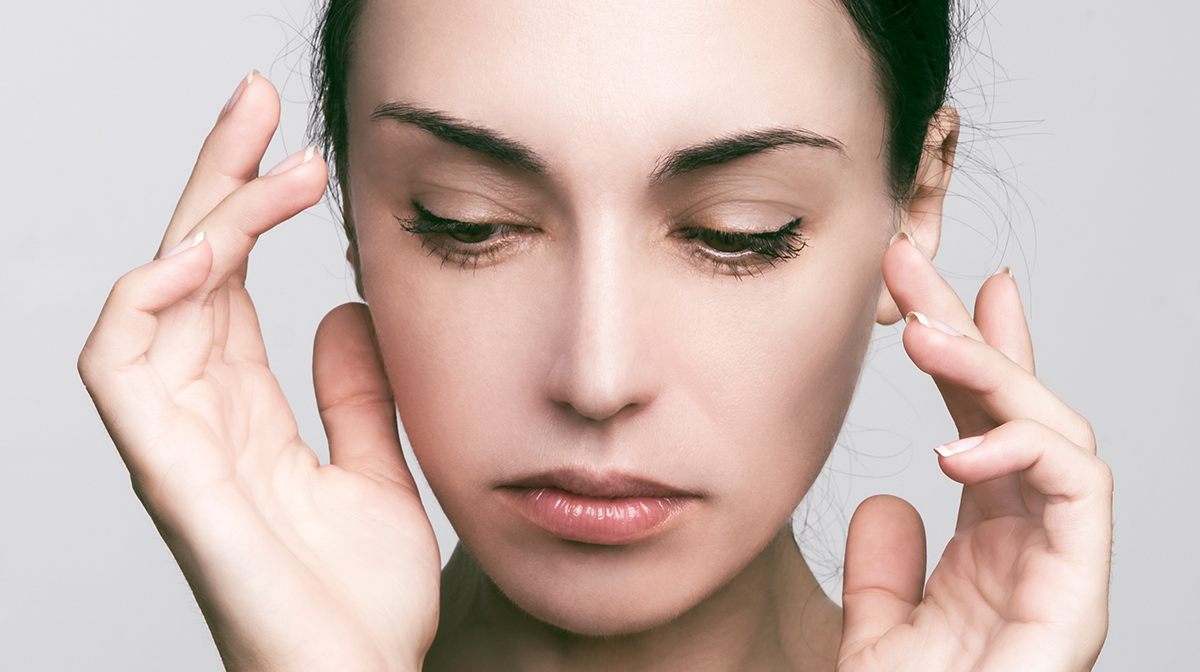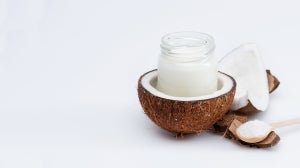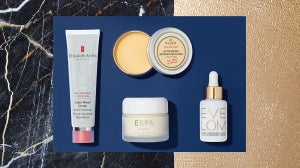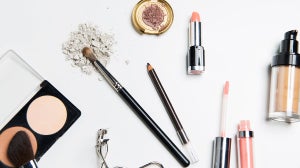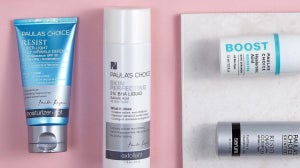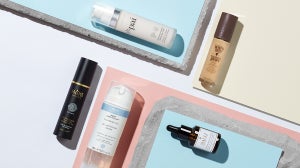
What is Hyaluronic Acid?
There’s no doubt you’ve heard of this beauty buzzword. Everywhere you turn, hyaluronic acid is making waves amongst beauty editors, influencers, dermatologists – and the rest. Its praises are sung loud and proud across the industry, celebrated for its ability to hydrate and plump the skin. But what exactly is this powerhouse component, and how does it function as a hero ingredient in skincare?
Well, for starters, hyaluronic acid (HA) is a type of sugar naturally produced by our bodies. It’s actually pretty important: it keeps our joints lubricated, our eyes moist and our skin hydrated. Sadly, our production of HA does deplete as we age, forcing our skin to lose elasticity and essential moisture over time. Amazing news, right?
Other forms of hyaluronic acid include topical skincare treatments and injectables. Synthetic HA products are thought to possess hydrating powers, allowing complexions to remain bouncy and youthful. That said, there are discrepancies on how far topical treatments can penetrate the skin’s surface.
Still, if there’s one thing we can all agree on, it’s this: hyaluronic acid is a vital factor in any quest for supple, healthy-looking skin.
Hyaluronic Acid in Skincare
The hyaluronic acid our body generates is different to the ingredient we find in skincare. In topical treatments, HA operates at surface level, meaning it helps hydrate the outer layer of the complexion. Acting as a humectant, it draws moisture from the surrounding area to the skin and locks it there.
Hyaluronic acid, contrary to its abrasive-sounding name, does not perform as an exfoliator, nor does it strip or irritate the skin. Its main function is to replenish lost moisture levels. What’s more, it’s said to hold up to 1000x its weight in water, making it ideal for dry or dehydrated complexions.
As it’s so efficient in attracting moisture to the skin, there’s no need to overload your existing routine with hyaluronic-infused products, either.
Benefits of Hyaluronic Acid
HA arrives fully-equipped with a range of benefits. The versatile ingredient is gentle and non-irritating, making it suitable for use on all skin types and tones (including sensitive and redness-prone). Benefits of hyaluronic acid include:
1. Hydrating the Skin
Hyaluronic acid is a natural humectant. This means it has a general knack for keeping skin plump and conditioned. Coaxing moisture into parched complexions, HA works to hydrate the skin’s surface for fresh, luminous results.
2. Anti-Ageing Properties
Owing to the fact we produce less hyaluronic acid as we age, it’s important to replace lost moisture with topical treatments. Dry, dehydrated skin can cause fine lines to set up camp, making complexions appear less youthful. Hyaluronic acid seeks to combat this, filling the appearance of even deep-set wrinkles for smoother, younger-looking skin.
3. Plumping Powers
HA’s ability to retain moisture is useful in lending skin a supple and bouncy appearance. The impactful ingredient fleshes out dehydration lines as it targets dull areas of skin, leaving it fresh and revitalised. HA is also found in lip fillers, known for invigorating thinner pouts with that voluminous, plumped-up effect.
4. Rich in Antioxidants
Antioxidants are essential for keeping skin bright and healthy. Hyaluronic acid is known for its high antioxidant benefits, making it a positive addition to any skincare routine.
5. Healing Action
Though we’re instinctively sceptical towards anything that claims it can heal skin, HA is thought to alleviate discomfort, irritation and the look of surface wounds. Some doctors even use HA to ease joint pain in those who suffer with arthritis.
How to Use Hyaluronic Acid
Found in cleansers, toners, serums, moisturisers, face masks and body creams alike, hyaluronic acid has managed to secure a permanent spot in our bathroom cabinet in one form or another. Important not to overload your skin, we’ve scouted our favourite HA-infused products to help revamp your current routine:

